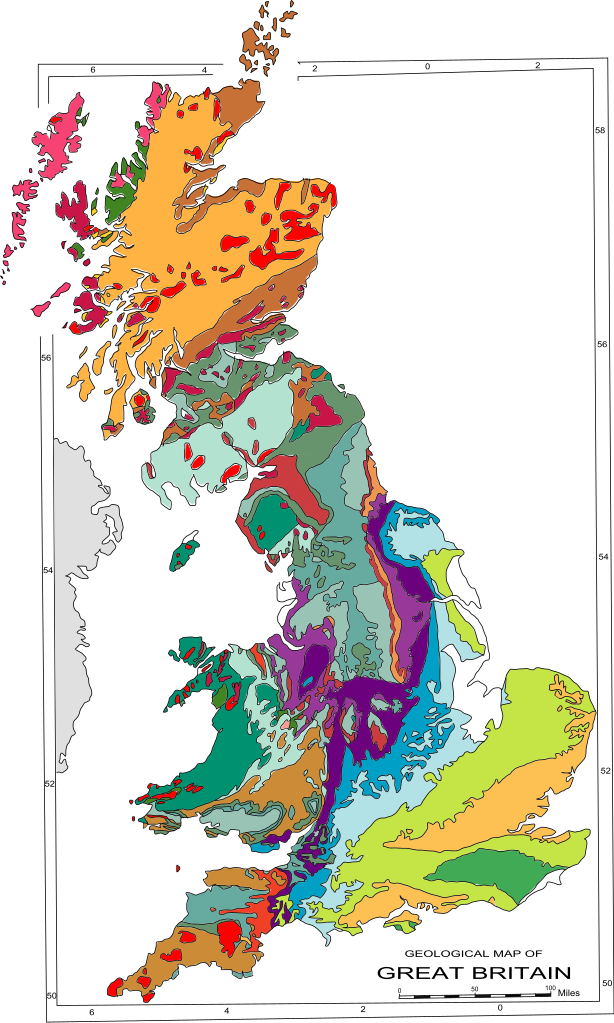An important paper on the Stonehenge Altar Stone has just been released:
It probably didn't come from South Wales and surrounding areas.
Its petrographic fingerprint which includes a diagnostic high Barium (Ba) content mostly doesn't match the Old Red Sandstones (ORS) of the area, and the ORS rocks there that also have a high Ba don't match other characteristics.
The hunt for the source is on. Suitable areas that also have neolithic sites are the top suspects.
The Stonehenge Altar Stone was probably not sourced from the Old Red Sandstone of the Anglo-Welsh Basin: Time to broaden our geographic and stratigraphic horizons?,
AbstractStone 80, the recumbent Altar Stone, is the largest of the Stonehenge foreign “bluestones”, mainly igneous rocks forming the inner Stonehenge circle. The Altar Stone’s anomalous lithology, a sandstone of continental origin, led to the previous suggestion of a provenance from the Old Red Sandstone (ORS) of west Wales, close to where the majority of the bluestones have been sourced (viz. the Mynydd Preseli area in west Wales) some 225 km west of Stonehenge. Building upon earlier investigations we have examined new samples from the Old Red Sandstone (ORS) within the Anglo-Welsh Basin (covering south Wales, the Welsh Borderland, the West Midlands and Somerset) using traditional optical petrography but additionally portable XRF, automated SEM-EDS and Raman Spectroscopic techniques. One of the key characteristics of the Altar Stone is its unusually high Ba content (all except one of 106 analyses have Ba > 1025 ppm), reflecting high modal baryte. Of the 58 ORS samples analysed to date from the Anglo-Welsh Basin, only four show analyses where Ba exceeds 1000 ppm, similar to the lower range of the Altar Stone composition. However, because of their contrasting mineralogies, combined with data collected from new automated SEM-EDS and Raman Spectroscopic analyses these four samples must be discounted as being from the source of the Altar Stone. It now seems ever more likely that the Altar Stone was not derived from the ORS of the Anglo-Welsh Basin, and therefore it is time to broaden our horizons, both geographically and stratigraphically into northern Britain and also to consider continental sandstones of a younger age. There is no doubt that considering the Altar Stone as a ‘bluestone’ has influenced thinking regarding the long-held view to a source in Wales. We therefore propose that the Altar Stone should be ‘de-classified’ as a bluestone, breaking a link to the essentially Mynydd Preseli-derived bluestones.
Richard E. Bevins, Nick J.G. Pearce, Rob A. Ixer, Duncan Pirrie, Sergio Andò, Stephen Hillier, Peter Turner, Matthew Power,
Journal of Archaeological Science: Reports, Volume 51, 2023, 104215,ISSN 2352-409X,
https://doi.org/10.1016/j.jasrep.2023.104215
(https://www.sciencedirect.com/science/article/pii/S2352409X23003905)

I believe the closest match are stones found at Pierowall, Westray, Orkney . 59° 18′ 36″ N, 3° 0′ 0″ W
ReplyDelete